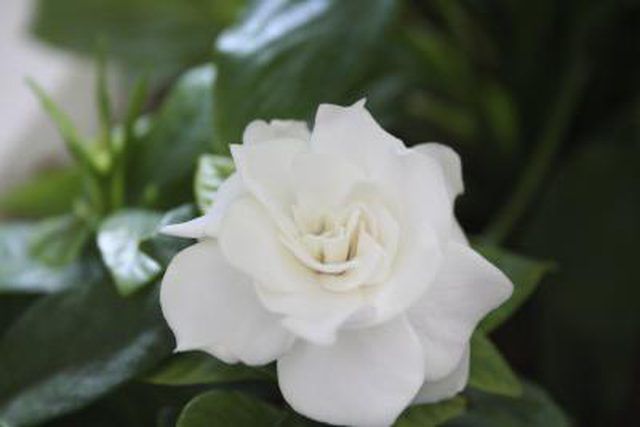Bulbs
Flower Basics
Flower Beds & Specialty Gardens
Flower Garden
Garden Furniture
Garden Gnomes
Garden Seeds
Garden Sheds
Garden Statues
Garden Tools & Supplies
Gardening Basics
Green & Organic
Groundcovers & Vines
Growing Annuals
Growing Basil
Growing Beans
Growing Berries
Growing Blueberries
Growing Cactus
Growing Corn
Growing Cotton
Growing Edibles
Growing Flowers
Growing Garlic
Growing Grapes
Growing Grass
Growing Herbs
Growing Jasmine
Growing Mint
Growing Mushrooms
Orchids
Growing Peanuts
Growing Perennials
Growing Plants
Growing Rosemary
Growing Roses
Growing Strawberries
Growing Sunflowers
Growing Thyme
Growing Tomatoes
Growing Tulips
Growing Vegetables
Herb Basics
Herb Garden
Indoor Growing
Landscaping Basics
Landscaping Patios
Landscaping Plants
Landscaping Shrubs
Landscaping Trees
Landscaping Walks & Pathways
Lawn Basics
Lawn Maintenance
Lawn Mowers
Lawn Ornaments
Lawn Planting
Lawn Tools
Outdoor Growing
Overall Landscape Planning
Pests, Weeds & Problems
Plant Basics
Rock Garden
Rose Garden
Shrubs
Soil
Specialty Gardens
Trees
Vegetable Garden
Yard Maintenance
How to Prune Gardenias
How to Prune Gardenias. Gardenias (Gardenia jasminoides) are excellent specimen or accent plants with glossy evergreen foliage and waxy, white flowers. During early summer, the sweet fragrance of the blooms drifts throughout the garden. A gardenia grows up to 6 feet wide and tall, depending on the variety, and usually does not require extensive...

Gardenias (Gardenia jasminoides) are excellent specimen or accent plants with glossy evergreen foliage and waxy, white flowers. During early summer, the sweet fragrance of the blooms drifts throughout the garden. A gardenia grows up to 6 feet wide and tall, depending on the variety, and usually does not require extensive pruning unless it has grown too large for the area where it is located. General pruning should be done in early spring before the new growth begins; this will avoid interfering with the development of the flowers. Removal of damaged, diseased or dead branches can be done any time of the year. Gardenias grow in U.S. Department of Agriculture plant hardiness zones 7b through 10.
Things You'll Need
Anvil pruners
Bypass pruners
Loppers
Alcohol or another disinfectant
Check for crossed, broken, diseased or dead branches that need to be removed. Assess the size and shape of the gardenia to determine where it needs to be cut back and how much should be removed. If the shrub is overgrown, decide if it needs to be severely cut back to rejuvenate it.
Remove limbs and branches that show signs of disease, such as fungal growth, cankers, or wilted and dead leaves. Cut limbs and branches on a slight slant about 1/4 inch above a bud that faces in the direction you want the new growth to grow. After removing diseased plant material, clean the pruners with alcohol or 1 part bleach to 9 parts water to prevent the spread of disease to healthy plant material.
Cut back limbs and branches that are crossed and rubbing another branch, as well as those that are spilt, cracked or damaged.
Trim long limbs and branches that affect the shape of the gardenia. Remove weak, thin or drooping limbs, or shorten them so the other branches hide them.
Thin out dense growth by removing older branches close to the trunk of the shrub.
Rejuvenate overgrown or straggly-looking gardenias by cutting all of the branches and stems back to 12 inches long. When the new growth is 6 to 12 inches long, trim the tips to encourage the growth of side stems so the plant will be fuller.
Tips & Warnings
Use bypass hand pruners for small stems and limbs, and anvil pruners for larger branches that measure 1/2 to 1 inch in diameter or for dead branches. Use loppers for branches that are more than 1 inch in diameter.
Gardenias may freeze back to the ground if the temperature drops to 0 degrees Fahrenheit. When new growth sprouts from the roots in the spring, cut out all of the dead branches.